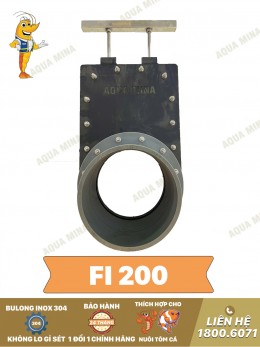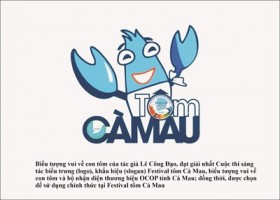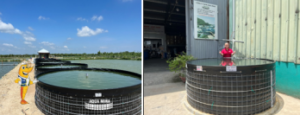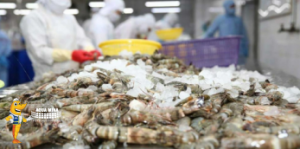How to Ferment Rice Bran for Shrimp Feed
Starchy feeds like rice bran, corn bran, and wheat flour (cassava flour) already contain essential nutrients for animal feed. To enhance their effectiveness, it’s important to find the right method for fermenting rice bran for shrimp, fish, buffalo, cows, and more.
* Instructions for Fermenting Rice Bran for Shrimp and Fish Feed
I. Ingredients:
- 20 kg of rice bran, corn bran, or cassava flour (tapioca). Note: Do not use moldy bran.
- 100 ml of molasses.
- 20 ml of biological product (EM original).
- 6-7 liters of clean water.
II. How to Ferment Rice Bran for Shrimp and Fish:
- Step 1: Spray about 6-7 liters of clean water evenly over 20 kg of rice bran and knead thoroughly by hand until smooth.
- Step 2: Mix the biological product: 20 ml of EM original + 100 ml of molasses into 250 ml of clean water.
- Step 3: Spray the mixture of biological product and molasses evenly over the rice bran from Step 1. Mix well, then cover and ferment the mixture for 3-4 days, after which it’s ready to use.

The fermented feed will have a slightly sour, pleasant aroma and is a rich source of nutrients for shrimp, fish, buffalo, cows, chickens, ducks, and more.
Note:
- The fermented feed provides the best nutritional value within 5-7 days. The longer it is stored, the sourer it becomes, losing nutritional value.
III. Why Ferment Rice Bran with EM for Shrimp Feed
- Rice bran, corn, and cassava are inexpensive ingredients that help reduce investment costs.
- It strengthens the immune system of shrimp, fish, etc., reducing the risk of digestive diseases.
- When rice bran, corn, and cassava are combined with EMG (Effective Microorganisms), the feed becomes highly nutritious. This is due to the presence of yeast, photosynthetic bacteria, Bacillus mesentericus, and Bacillus subtilis (gram-positive bacteria that break down starch in the bran and work in harmony with the biological product), and Bacillus megaterium, a nutrient bacterium that interacts with molasses.
This explains why many farmers ferment rice bran to feed shrimp, fish, pigs, cows, goats, chickens, and ducks. It is a low-cost, homemade feed with high nutritional value, promoting healthy animal growth and providing economic benefits.
Ngày đăng : 19/09/2024
2486 View
Other Articles
Cà Mau strengthens traceability to enhance the competitiveness of the shrimp industry.
Cold stress: Effects on the plasma characteristics of whiteleg shrimp.
A new breakthrough in the prevention of diseases caused by the microsporidian parasite EHP in shrimp farming
Vietnam’s shrimp export outlook in the first quarter of 2026 continues to face heavy pressure from tariffs.
New England’s shrimp fishery to shut down for the long haul after years of decline
Crab exports to the United States account for more than 80%.
Thailand sets a target to increase shrimp production to 400,000 tons by 2026.
CTU-RAS: Recirculating Shrimp Farming for Sustainable Development
Vietnamese aquatic products reach new markets
Global Shrimp Forum: Global shrimp trade is reshaping
China’s Import Value Up 10%, Vietnamese Shrimp Remains Among Leading Suppliers
After the 7.5-magnitude offshore earthquake in Aomori that injured 34 people, Japan has issued a warning about a potential mega-earthquake



















.jpg)